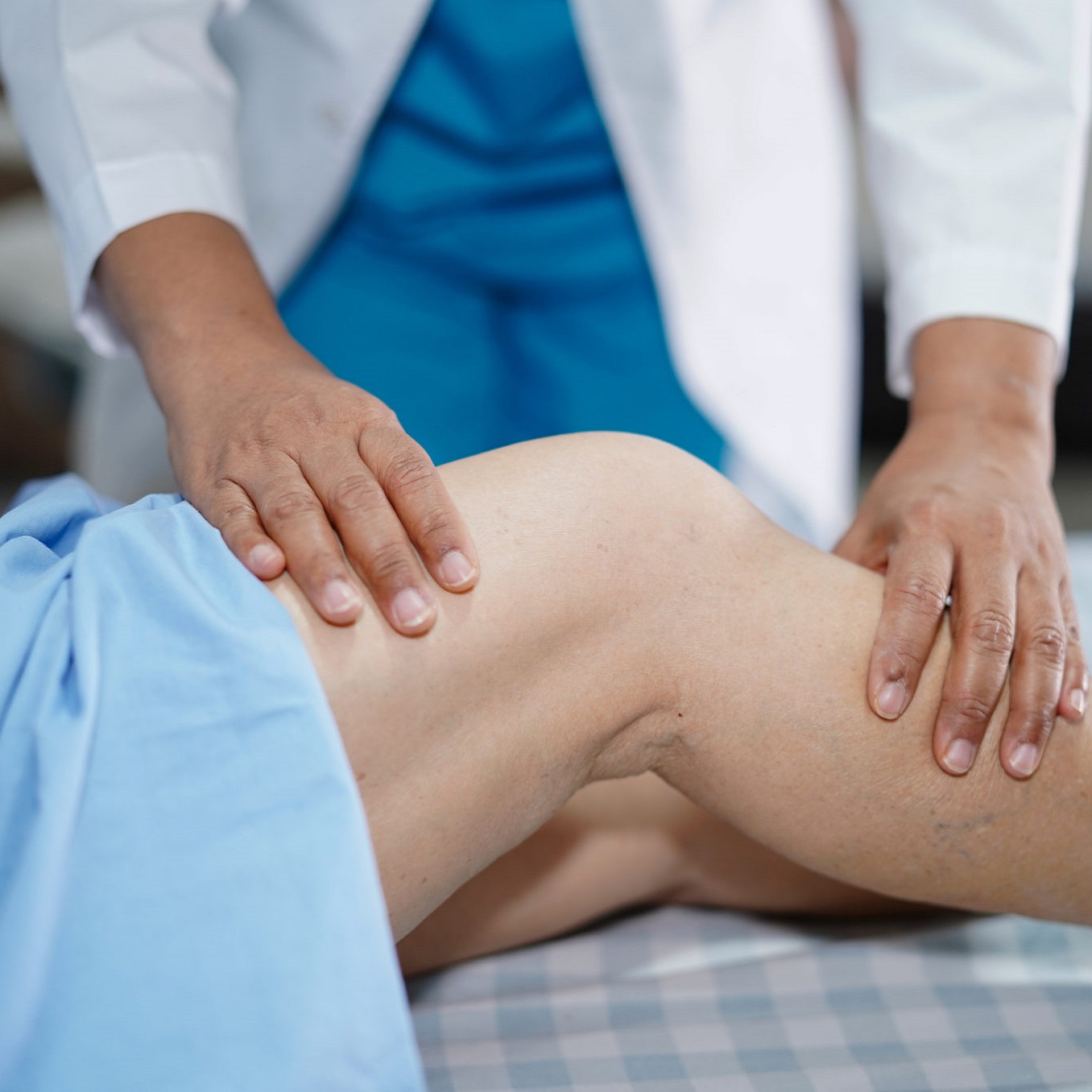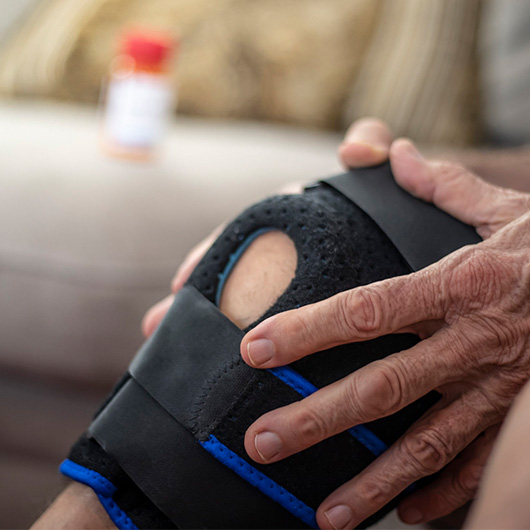3 Benefits of Double Joint Replacement

November 18, 2020
Clinical Contributors to this story:
Robert Kayal, M.D.
For some patients, particularly those with severe arthritis or other problems, doctors may let them know that joint replacements on both sides (bilaterally) will be best for their health and mobility. Robert Kayal, M.D., an orthopedic surgeon who performs joint replacements at Pascack Valley Medical Center, says that in such cases, he recommends patients have bilateral replacements done at virtually the same time.
“There are many advantages to doing them in close proximity to one another,” says Dr. Kayal, who recommends scheduling these surgeries with just a two-week gap between procedures.
Those advantages include:
- Preventing misalignment between the right and left legs. “Typically, when people have arthritis, they have deformity and the alignment of the limb is affected. Their alignment is off kilter. For instance, if the patient is suffering from a deformity in the knee, the hip will be improperly loaded, the ankle will be improperly loaded, and the back will be affected. So we like to correct those deformities so that the joints above and below don’t start to wear prematurely and cause pain,” Dr. Kayal says. Furthermore, when only one side is corrected, that can result in one leg being longer than the other, which could lead to misalignment, bad gait or pain on the unrepaired side.
- The “kill two birds with one stone” principle. “If a patient comes in, and we indicate them for bilateral knee replacements or bilateral hip replacements, I will say to the patient, ‘Why do you want to go through this whole process twice? Let’s send you to your medical doctor, get you cleared for surgery, medically optimized and sent to physical therapy for preoperative conditioning. Then we’ll do the two hip replacements or two knee replacements two weeks apart,’” Dr. Kayal says.
- Combined rehab. The remaining benefit is that patients can combine their postoperative rehab, as well. “You’ll recover from both hips or both knees in the same three-month period,” Dr. Kayal says.
“Because we’ve mastered the techniques to get patients through joint replacement comfortably and safely, we recommend bilateral surgeries without hesitation,” Dr. Kayal says. “And patients love the concept of getting it all over with in such a short time frame.”
The material provided through HealthU is intended to be used as general information only and should not replace the advice of your physician. Always consult your physician for individual care.



